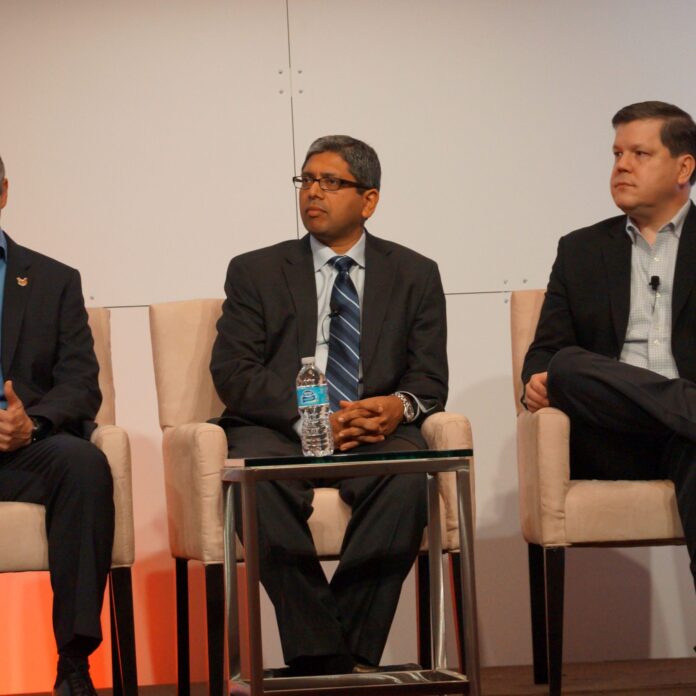DALLAS – Even as the wireless industry pushes forward with exploring “5G” technologies, there are a significant number of barriers and challenges going on with current deployments, including voice over LTE, infrastructure implementations like small cells and the push toward network function virtualization.
Speakers at the LTE North America conference touched on a wide spectrum of topics, including the all important question of how to make money from network investments and the path toward 5G network technologies.
Even as VoLTE services begin to make their appearance on the market, Surya Bommakanti, VP of mobile broadband for Ericsson, said that quick takeup of VoLTE services is going to present challenges for the mobile networks.
Ron Marquardt, VP of technology innovation and architecture at Sprint, told the audience that while Sprint is exploring rich communications services and voice-over-IP, it “wants to be a follower here, rather than being a trailblazer” when it comes to VoLTE. He said the carrier is working with public safety, Canada and Mexico on setting the stage for re-use of its 800 MHz spectrum that formally supported its iDEN network, as well as adding to its LTE network with 2.5 GHz spectrum, which is expected to reach 100 million people by the end of the year, in addition to the potential customers that Sprint covers with LTE at 1900 MHz.
Meanwhile, as NFV is being explored as a way to cut costs and improve flexibility in resource deployment and services, it brings with it challenges to operators’ organizational structures as it changes the relationship between network operations and IT, according to Carlos Sanchez, VP of AT&T’s antenna solutions group.
“It’s a path we’re starting to walk,” said Sanchez. “It also brings a tremendous amount of challenges from the organizational standpoint,” he added, saying that the conversation about NFV is not only about its capital expenditure benefits, but added capabilities as well.
Rolled into that conversation was the question of whether voice, in the form of VoLTE, could be provided as an over-the-top service. Sanchez said it could be, with the right APIs, but that the choice of whether or not to do so was a business decision.
And even if 5G is becoming a hot topic of conversation this year, the representatives from Sprint, Ericsson and AT&T said they believe that it is at least four to five years away from seriously coalescing as a technology.

